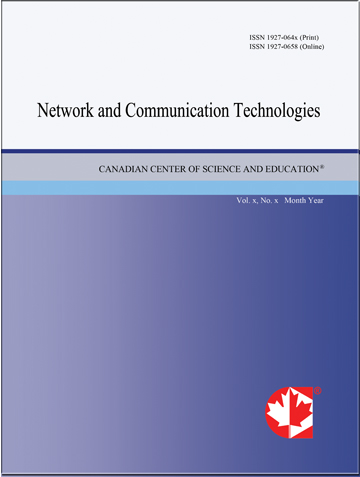Fountain Codes and Linear Filtring to Mitigate Pilot Contamination Issue in Massive MiMo
- Djedjiga Benzid
- Miche Kadoch
Abstract
The fifth generation of cellular mobile (5G) is a future technology to meet growing capacity of users. For this prupose 5G will use advanced technologies. Very large multi- input multi- output or massive MiMo (m-MiMo) is considered as one of the promising technology. Nevertheless, the performance of m-MiMo is limited by pilot contamination issue. In fact, to mitigate pilot contamination issues in massive multi-input multi-output (m-MiMo), we proposed in previous work a new scheme where Raptor decoded symbols are used to estimate channel with Minimum Mean Square Error (MMSE) technique. The main benefit of this method is that the receiver does not need a transmitted pilot symbols to evaluate the channel, which allows saving power at transmission. The results showed that the MMSE scheme achieved the ideal case of the perfect channel. In this precedent paper, the MMSE detector and raptor code are used for their robustness among other schemes of linear detectors, and corrector codes, nevertheless, in case of m-MiMO, it was shown that all linear detectors work optimally. For this purpose, we include in this present article an additional linear filter to enhance the prior study, in which two supplementary detectors are considered, namely Zero Forcing (ZF) and Maximum Ratio Compression (MRC). The objective of this paper is to determine the ideal filtering technique and the robustness fountain code to address pilot contamination problem. In fact, the simulation results show that the ZF can attain the same ideal performance as the MMSE with raptor decoded symbols while MRC achieved lower performance compared to the other two shemes.
- Full Text:
 PDF
PDF
- DOI:10.5539/nct.v4n1p1
Journal Metrics
(The data was calculated based on Google Scholar Citations)
1. Google-based Impact Factor (2021): 0.35
2. h-index (December 2021): 11
3. i10-index (December 2021): 11
4. h5-index (December 2021): N/A
5. h5-median (December 2021): N/A
Index
Contact
- Bruce LeeEditorial Assistant
- nct@ccsenet.org
